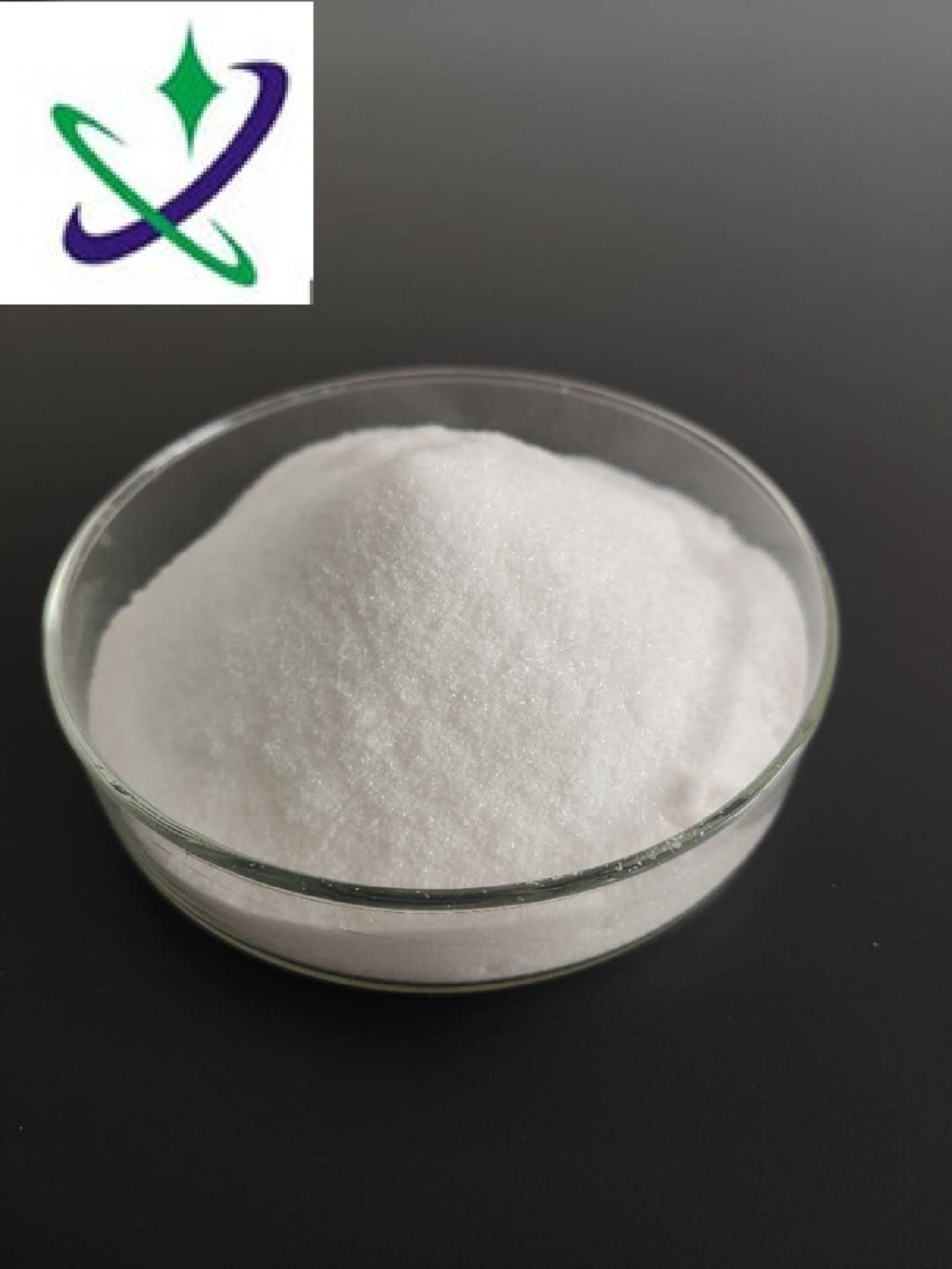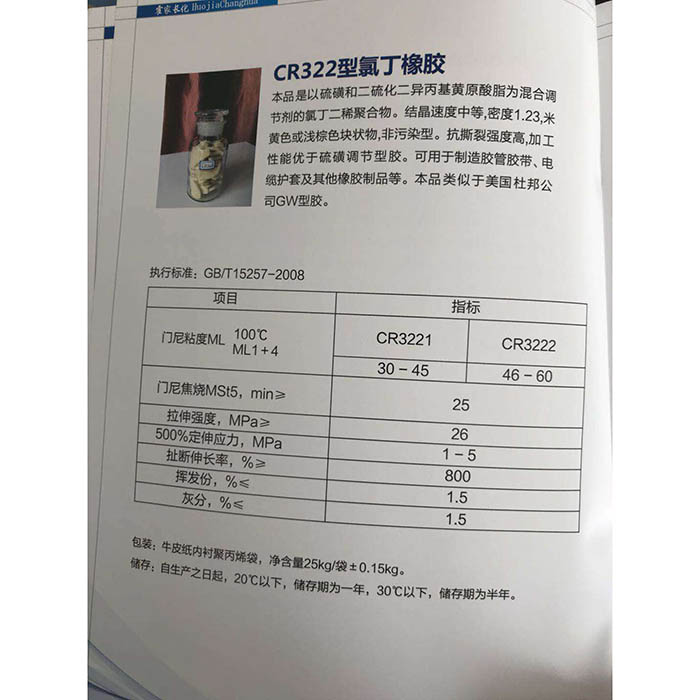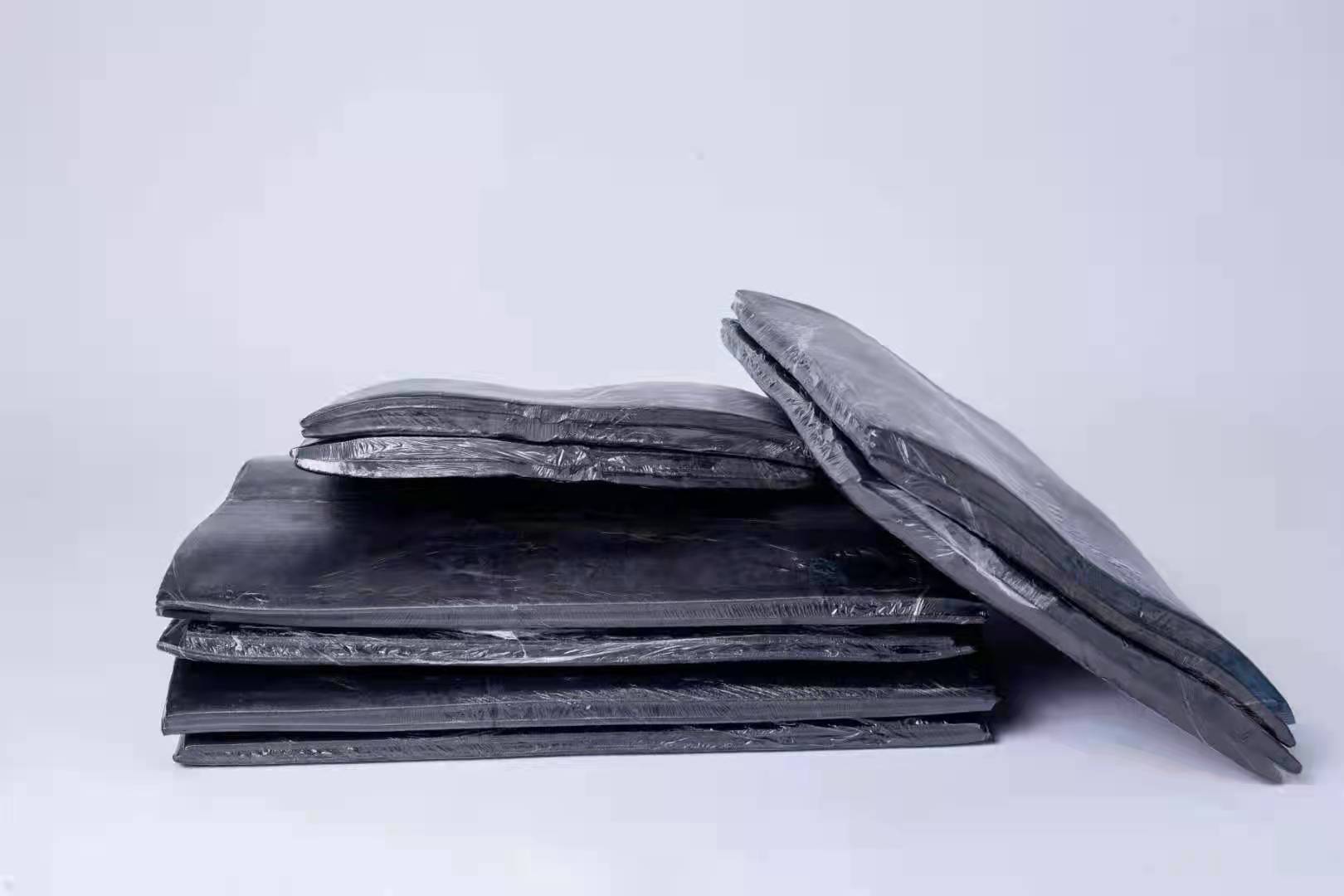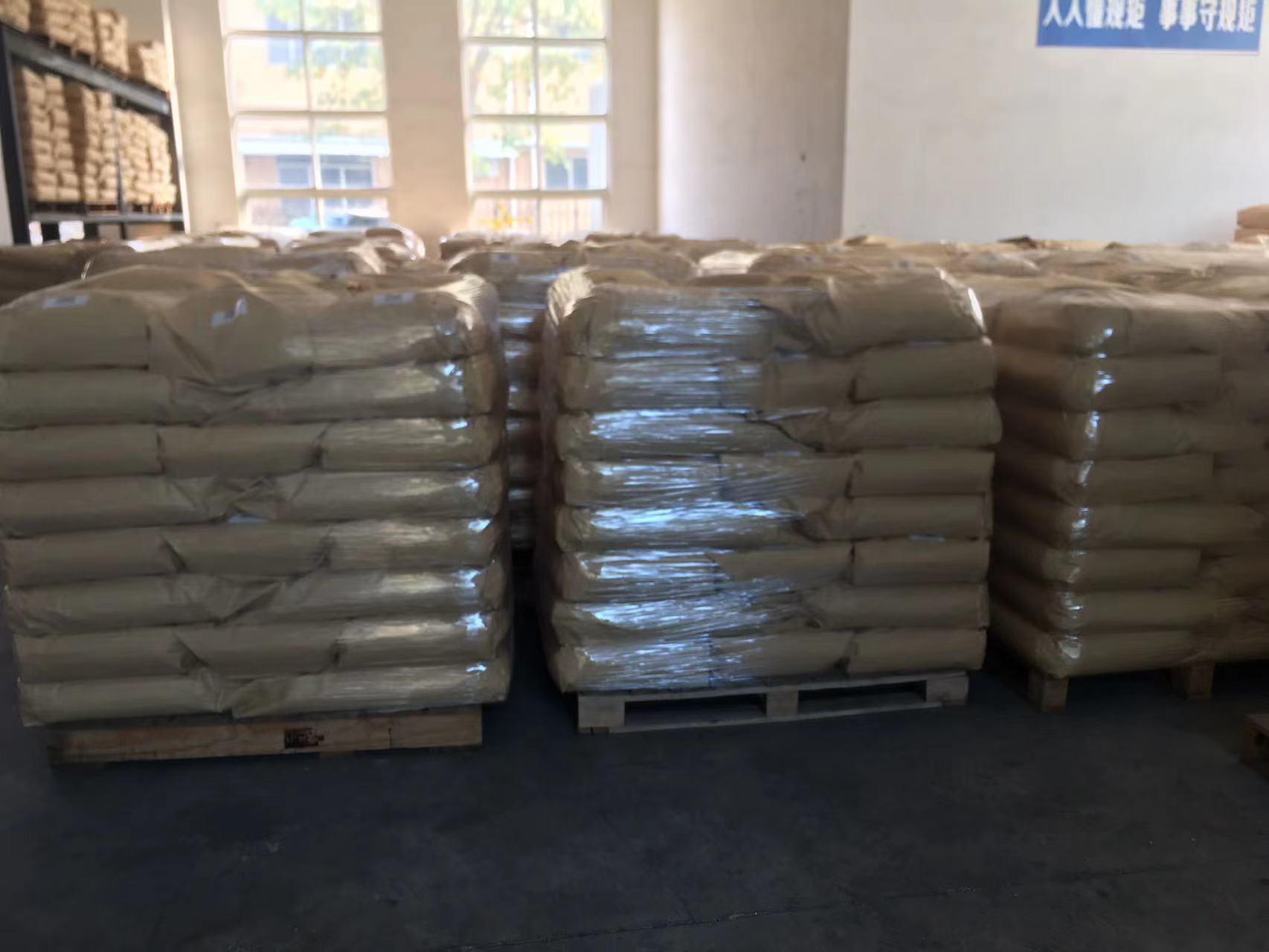Titanium Dioxide
Name: Titanium(IV) oxide
Alias: C.I. 77891; C.I. Pigment White 6; Titanium dioxide; Titanium Dioxide Anatase; Titanium Oxide; Titania; Titanium (IV) dioxide; Rutile; dioxotitanium
CASNo.: 13463-67-7; 1317-80-2; 1317-70-0
MDL:MFCD00011269[1]
Molecular formula: TiO2
Molecular weight: 79.8658
Melting point 1843°C
The boiling point is 2900 C.
Density of 4.17 g/ml at 25 C (Lit.)
Flash point 2500-3000°C
Save conditions AmberVial,Refrigerator
Solubility Chloroform (lightly, sonicated), Hexanes (lightly, heated, sonicated), Methano
Morphological powder
Color White
Specific gravity 4.2PH < 1
Water-soluble solubleinhotchemical bookentrated sulfuricicid, inhydrofluoricacidadalkali. Insolubleinwater. Merck 14, 9472
Stability Lightsensitivity Inchikeysoqbwabyfqz-UHFFFAOYSA-NCAS
Physical property data
White powder.
Soft, odorless and tasteless white powder with strong hiding power and coloring power, and its melting point is 1560 ~ 1580℃. Insoluble in water, dilute inorganic acid, organic solvent and oil, slightly soluble in alkali and soluble in concentrated sulfuric acid. It turns yellow when heated, and turns white when cooled. Rutile (R type) has a density of 4.26g/cm3 and a refractive index of 2.72. R-type titanium dioxide has good weather resistance, water resistance and is not easy to turn yellow, but its whiteness is slightly poor. The anatase type (type A) has a density of 3.84g/cm3 and a refractive index of 2.55. Type A titanium dioxide has poor light resistance and weathering resistance, but its whiteness is good. In recent years, it has been found that nano-sized ultra-fine titanium dioxide (usually 10 ~ 50 nm) has semiconductor properties, high stability, high transparency, high activity and high dispersibility, and has no toxicity or color effect.








